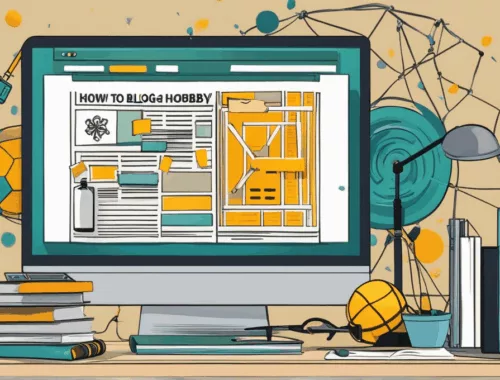
Avoiding Plagiarism in AI-Generated Blog Content

Avoiding plagiarism in AI-generated blog content might sound tricky, but it’s actually pretty doable. If you’re using AI tools to help with writing, it’s important to make sure the final result is original, well-edited, and not accidentally copying someone else’s work. A few smart habits—like fact-checking, rewording, and adding your own voice—can make a big difference.
Understanding Plagiarism and AI-Generated Content
Plagiarism refers to the act of using someone else’s work and passing it off as your own, without proper attribution. In the era of AI-generated content, the challenge of avoiding plagiarism has become more complex.
The Risks of Plagiarism in AI-Generated Content
AI content generation tools can produce high-quality, unique-sounding text that may seem indistinguishable from human-written content. However, without proper oversight, the risks of plagiarism are significant. Here are some common pitfalls to look out for:
1. Direct Reproduction: AI content can unintentionally reproduce copyrighted content without proper modifications.
2. Content Mimicking: AI content may sound unique but mimic human writing styles and tones, which could be a breach of copyright.
3. Lack of Proper Attribution: AI content may fail to provide proper attribution to sources, including human-generated content used to train the AI model.
Best Practices for Avoiding Plagiarism in AI-Generated Content
To successfully avoid plagiarism when using AI-generated content, you must follow a few key best practices:
1. Use AI-Generated Content Wisely
AI-generated content is best used as research materials or inspiration to help guide human writing, rather than as the final content itself. AI tools should be used to prompt the human writer to explore different angles and ideas, rather than to simply regurgitate a machine-generated draft.
2. Always Attribute Human Content
Avoid neglecting to provide proper attribution to any human-generated content you’ve used to train your AI model or as a starting point for your content. This includes academic publications, blog articles, or any other human-generated content that served as the inspiration for your AI content.
3. Monitor AI Content for Copyrighted Material
While AI tools are designed to avoid reproducing copyrighted content without proper modifications, it’s essential to monitor your AI-generated content for any potential copyright infringement. This includes checking for direct reproductions of copyrighted text and content that closely resembles copyrighted material.
4. Use AI-Generated Content as a Research Tool
AI tools can be incredibly useful as research and brainstorming tools. Use them to research different angles, perspectives, and information related to your topic. Then, use these findings to guide your human writing process.
5. Review and Edit AI-Generated Content
AI-generated content can be a great starting point, but it’s essential to review and edit it yourself before publishing. Look for any direct reproductions or content that mimics human writing styles and tone. Edit the content to make sure it is your own unique work, properly attributed, and free of any copyright infringement.
Conclusion
By following these best practices, you can successfully avoid plagiarism when using AI-generated content in your blog posts. Remember that AI tools are designed to assist, not replace, human writers. Use them wisely and always maintain proper attribution to human-generated content.
You May Also Like

How to set up your hosting on Aeza server: a step-by-step guide
October 8, 2024
How to Monetize a Hobby Blog
June 28, 2025


